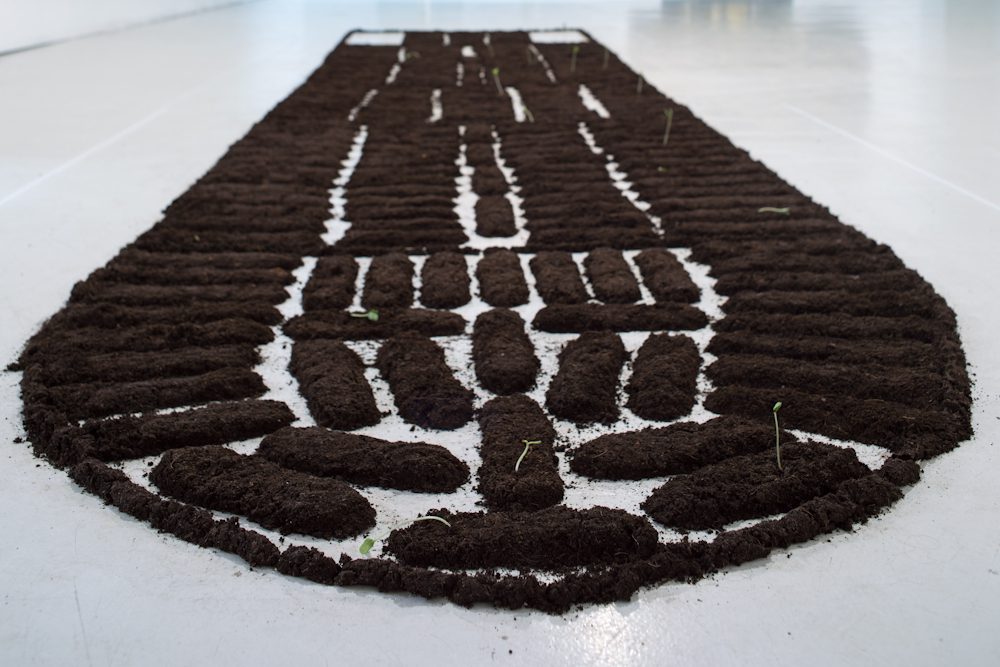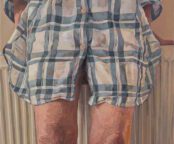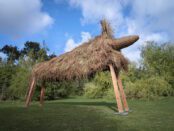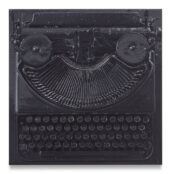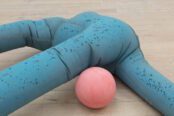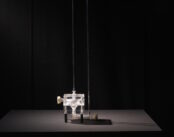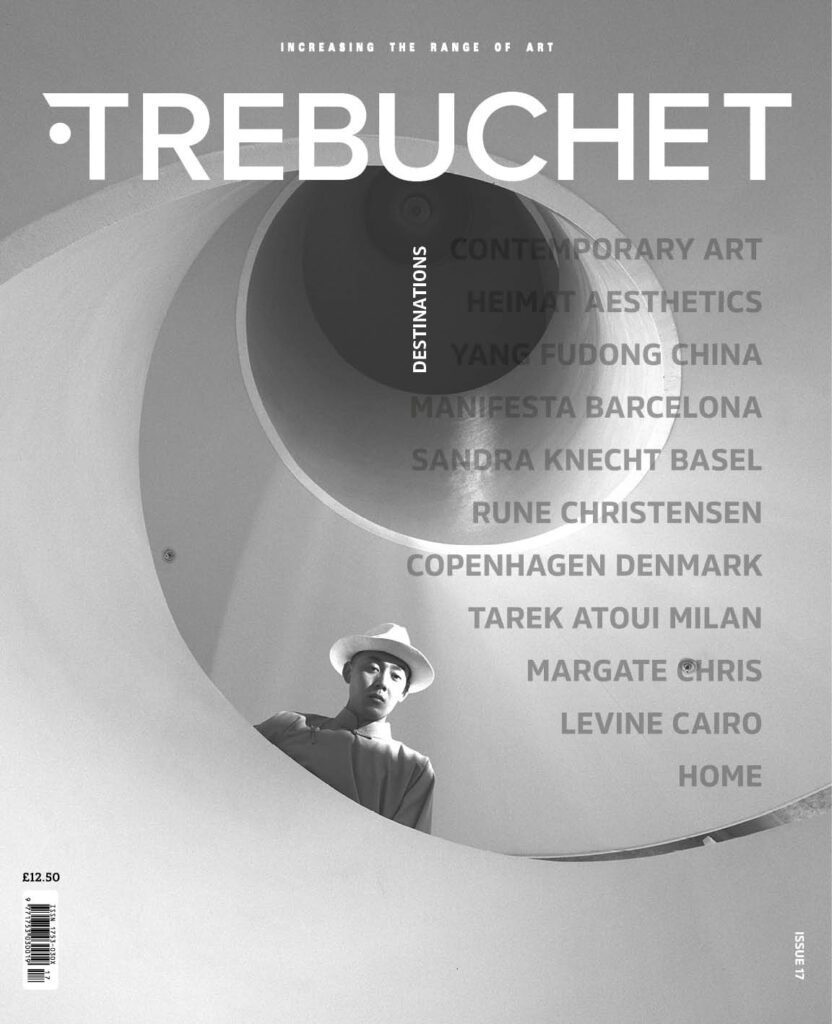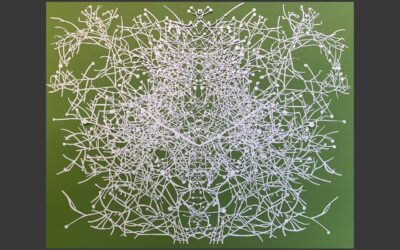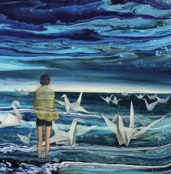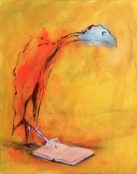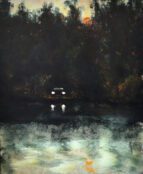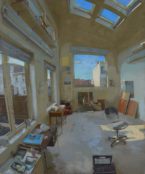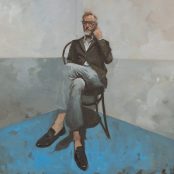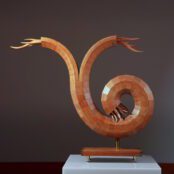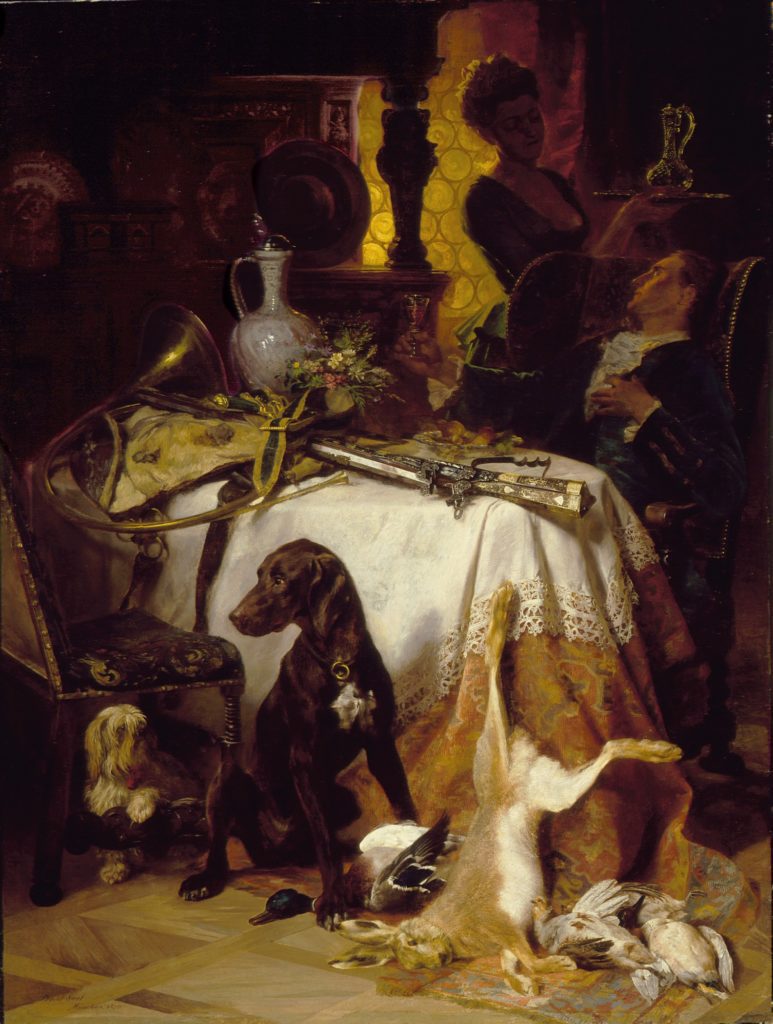Binta Diaw’s work places her alongside Delcy Morelos and other artists using soil as an artistic material. It has a potency and connective symbolism that is vast, both personally and socially. We all have memories of soil: as the basis of childhood games, domestic planting, and all the other reminders that we live in an earthly world. A world where people fight and die over their claim to soil, the beginning and end of their world. While her practice isn’t entirely soil-based, in Diaw’s work it’s often the foundation for her investigations into femininity and history—topics linked by the question of what presence means in the micro-geological era of a lifetime. Land Art writ on personal terms.
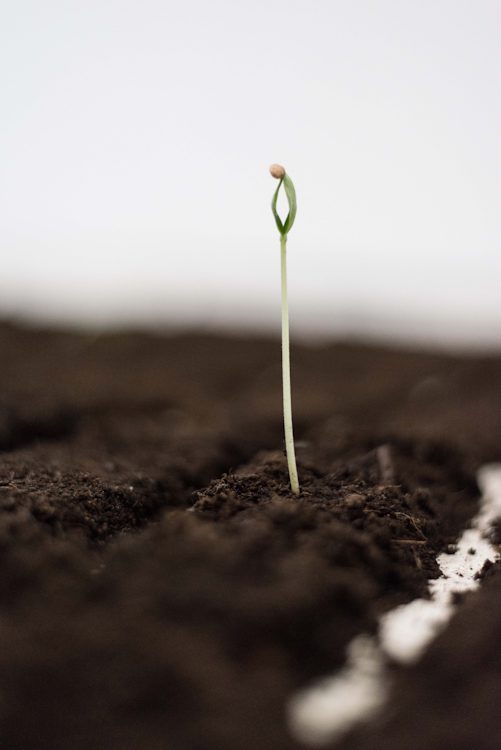
Exhibition Notes: Binta Diaw: La Sagesse Des Lianes
The PAV Parco Arte Vivente presents La Sagesse des lianes (The Wisdom of Lianas), a solo exhibition by artist Binta Diaw, curated by Marco Scotini. Following solo exhibitions by Navjot Altaf, Arahmaiani, and Regina José Galindo, Diaw’s project marks a new and important chapter in PAV’s ongoing investigation into the connections between nature, the female body, and decolonial thought.
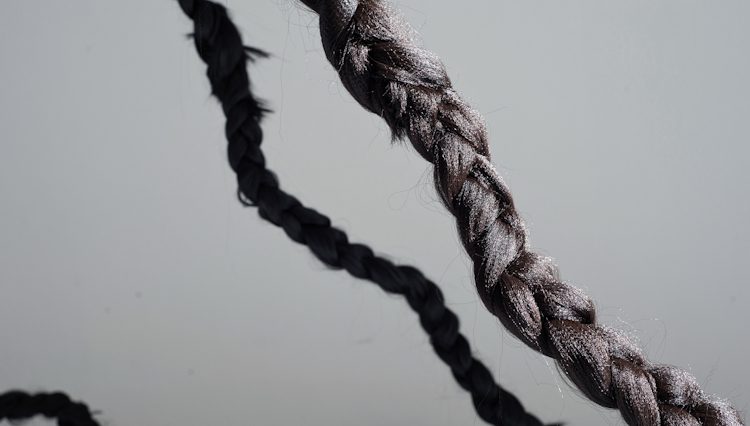
The title of the exhibition draws inspiration from the liana, a climbing plant known for its ability to adapt and endure, symbolizing vital alliances and collective resilience. Through environmental installations, organic materials, and historical references, the artist explores themes of Afro-diasporic memory, ecological survival, and female resistance.
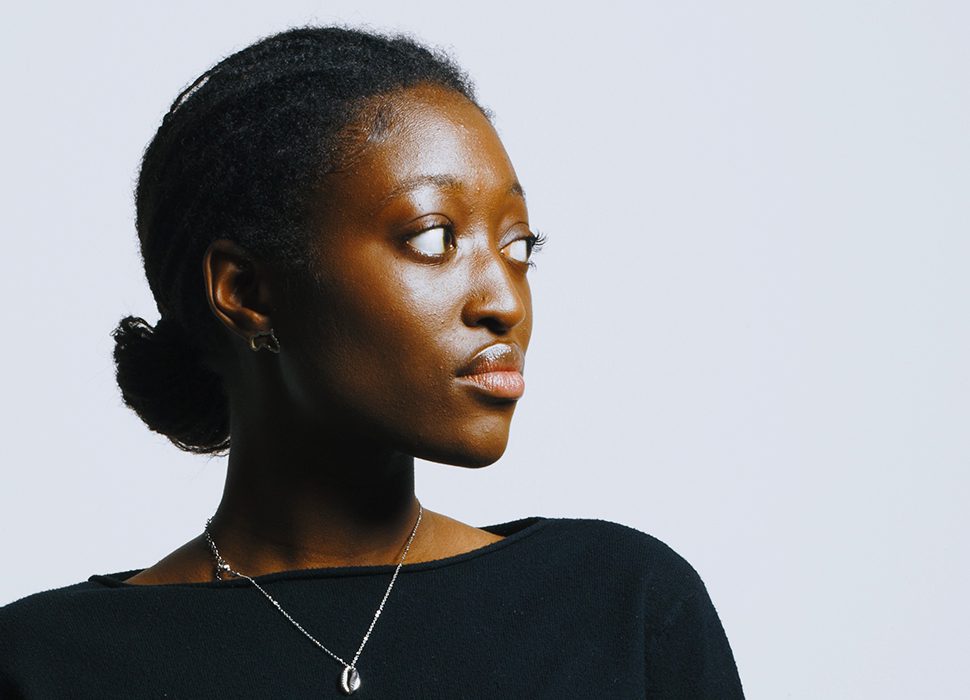
Born in Milan in 1995 to Senegalese parents, Binta Diaw carries out a body of work that weaves together ecology, feminism and colonial history, focusing on the relationship between body, nature, and identity. Her artistic practice draws on symbolic materials such as soil and synthetic hair, used as tools of cultural transmission and poetic resistance.
At the heart of the exhibition are two key works. Dïà s p o r a (2021), presented at the 2022 Berlin Biennale, is a suspended web-like structure made of braided hair. The piece evokes the silent resistance of enslaved women, who concealed seeds and maps in their hair—turning their bodies into living archives and clandestine tools for survival. Chorus of Soil (2019) recreates the floor plan of the slave ship Brooks, using soil and seeds. The outlines of enslaved bodies, symbols of oppression, also become sites of vegetal growth—transforming the ship into a garden of memory and rebirth.
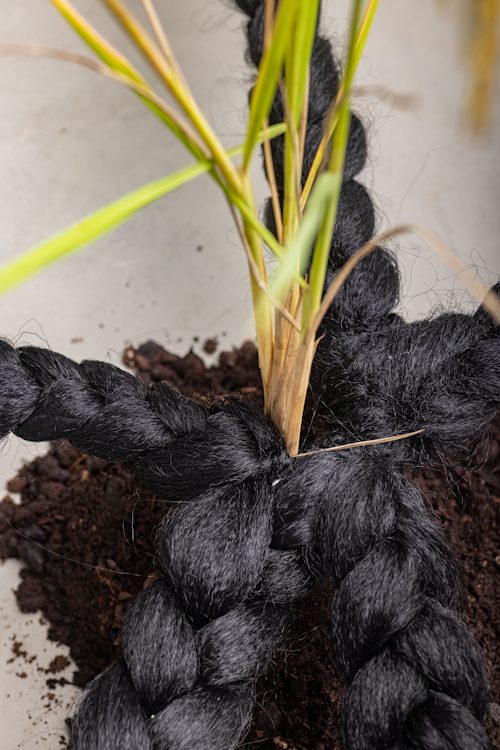
Alongside these works, the exhibition features pieces such as Paysage Corporel and Ritual, where the artist’s body becomes a landscape through the use of chalk and natural elements, and Juroom ñaar, an installation made of columns of charcoal and knotted braids. This work is dedicated to the women of the Senegalese village of Nder who, in 1819, chose collective suicide over enslavement. The piece is accompanied by voices in Wolof, evoking the oral tradition of the griot storytellers.
The exhibition concludes with the video work Essere corpo (To Be a Body), which synthesizes connections between memory, the body, and nature—transforming the exhibition space into a site of passage and relational encounter with the living. The works unfold within an immersive environment made of earth carpets, suspended installations, and interwoven textiles, echoing the winding paths of lianas in the forest. The show unfolds as a collective landscape where aesthetic and political dimensions intertwine, offering new images of community and belonging. With La Sagesse des lianes, the PAV reaffirms its commitment to building a new political ecology, capable of rethinking the relationships between art, nature, and global society.
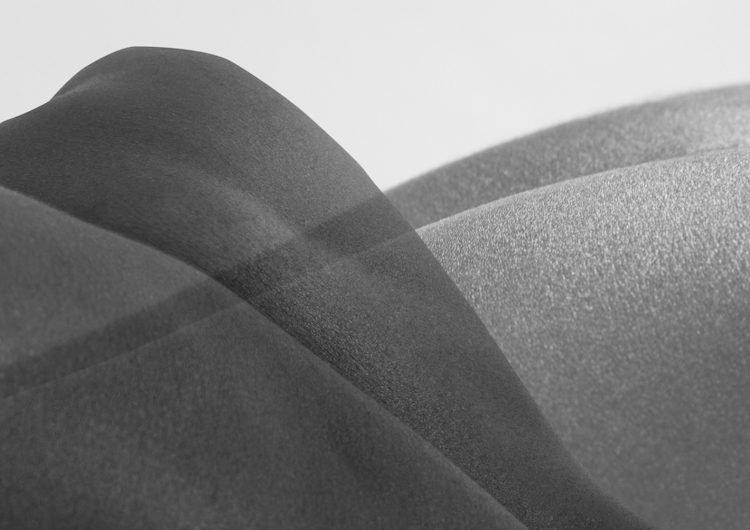
As part of Binta Diaw’s solo exhibition, on December 10 the AEF/PAV (Education and Training Activities) present Wunderkammer d’Altrove, a training course developed within the aulArte program — a project supported by the Fondazione per l’Arte Moderna e Contemporanea CRT to promote access to cultural spaces for teachers from Piedmontese schools through training activities based on contemporary art practices.For schools and groups visiting the exhibition La Sagesse des lianes and the installations located throughout the 23,500-square-meter park, the workshop Radici volanti will be offered — a moving, participatory laboratory held either inside the museum or in the open park space. Participants will collectively create, stitch by stitch, a textile chain to connect with one another through a playful and communal action.
Binta Diaw Biography
Binta Diaw (Milan, 1995) is an Italian-Senegalese visual artist working internationally. Raised between Italy and Senegal, she studied at the Brera Academy of Fine Arts in Milan and at the École d’Art et de Design in Grenoble, France. Her practice spans installations, sculpture, video, photography, and performance, and is deeply rooted in a philosophical reflection on contemporary social phenomena such as migration, diasporic identity, belonging, and gender issues. In her works, natural and symbolic materials—earth, chalk, rope, synthetic hair, and rolled-up flags—form a sculptural language centered on the physical and sensory experience of the viewer, inviting them to confront their own position in the world and in relation to the artwork. Diaw’s work is nourished by Afro-diasporic, intersectional, and feminist perspectives and serves as a critical response to the dominant Eurocentric narrative. Through her art, she explores the many layers of identity—both her own, as a Black woman in a Europeanized context, and the collective identity of a continent marked by histories and geographies in dialogue and in conflict. Her work gives voice to marginalized memories and promotes a more conscious, inclusive, and plural understanding of the present. Her works are part of prestigious private collections and have been presented in numerous solo and group exhibitions, as well as at major institutions including: MAXXI – National Museum of 21st Century Arts (Rome, IT), Fondazione Sandretto Re Rebaudengo (Turin, IT), Museo Madre (Naples, IT), Liverpool Biennial (Liverpool, UK), Berlin Biennale (Berlin, GER), Swiss Institute (Rome, IT), Italian Cultural Institute of Dakar (Dakar, SN), Express Newark (Newark, US), Fondazione Nicola Trussardi (Milan, IT), Gwangju Biennale (Gwangju, KR), Magasin CNAC (Grenoble, FR), Museo Novecento (Florence, IT), Palazzo Grimani (Venice, IT), Institut Culturel Italien de Paris (Paris, FR), FRAC Alsace (Sélestat, FR), Castello di Rivoli (Rivoli, IT), Bamako Encounters (Mali, MLI), Murate Art District (Florence, IT), Centrale Fies (Dro, IT), MUSEION (Bolzano, IT), Galerie Cécile Fakhoury (Paris, Dakar, Abidjan), Prometeo Gallery (Milan, IT)
The exhibition La Sagesse des lianes is made possible with the support of Compagnia di San Paolo, Fondazione CRT, the Piedmont Region and the City of Turin.
Curated by Marco Scotini. 01.11.2025 – 04.03.2026
PAV – Parco Arte Vivente
via Giordano Bruno 31, 10134, Torino
www.parcoartevivente.it
Images Courtesy of the Artist / Lara Facco PR

The aim of art is to represent not the outward appearance of things, but their inward significance. – Aristotle

